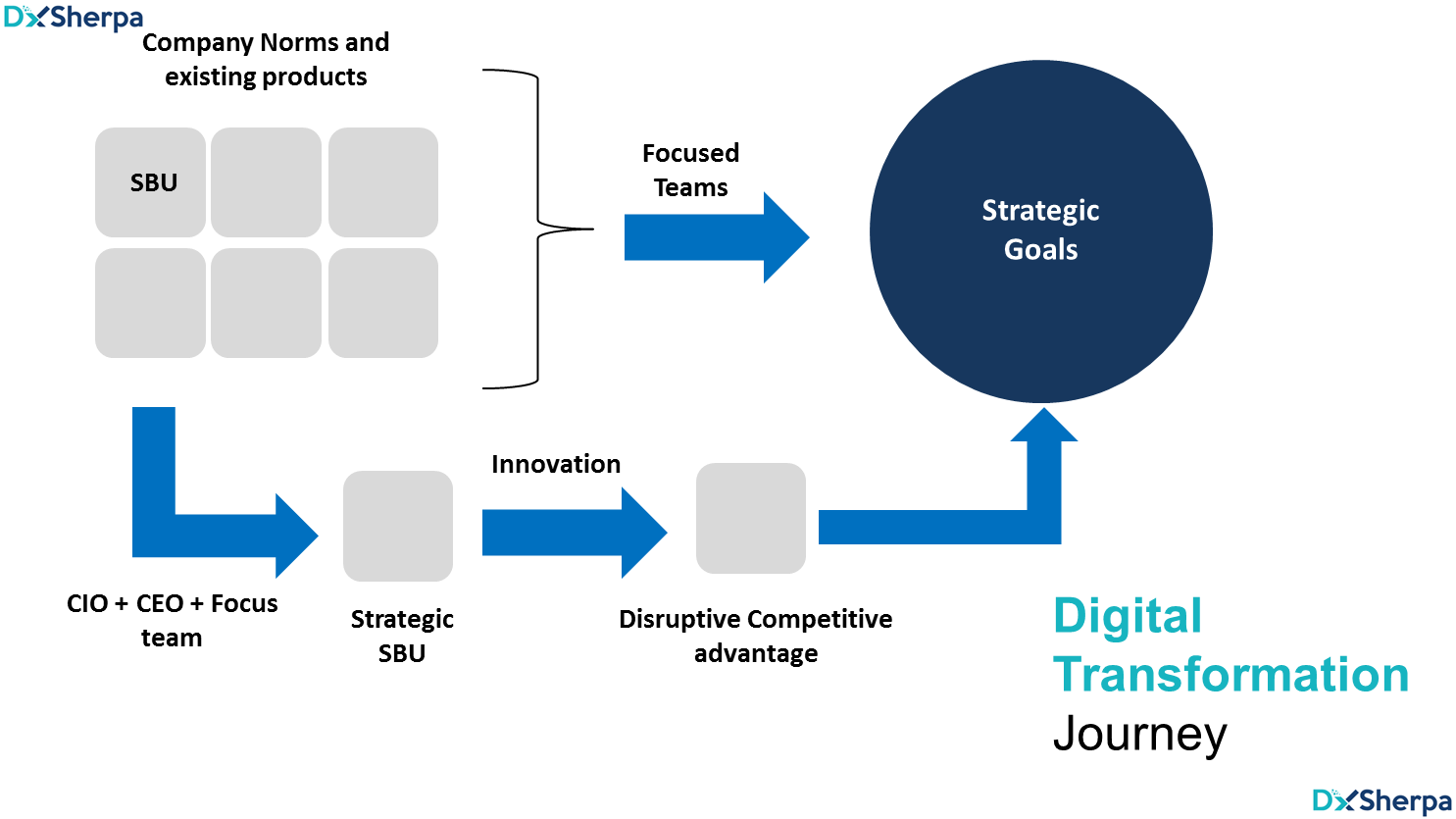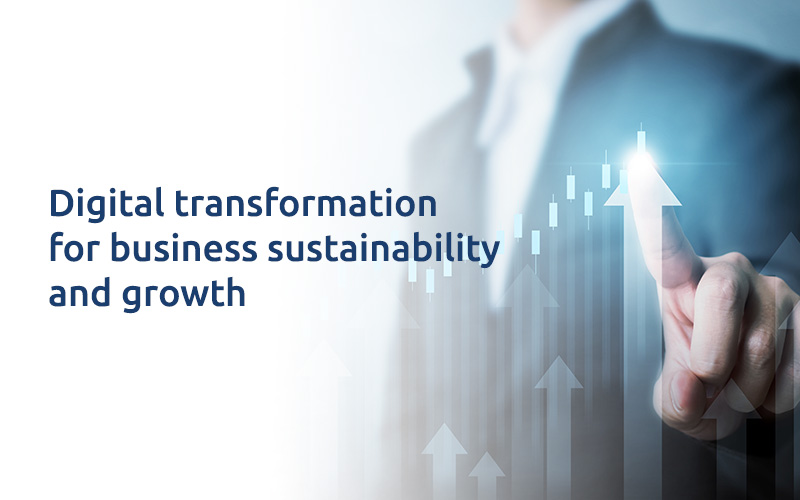
Digital transformation for business sustainability and growth
We are in finally in 2020, and it is an undeniable fact that digital transformation is has become the crux of any successful business. But, due to availability of sample content, thoughts, ideas, and innovations, most of the individuals and future leaders are have missed out on what digital transformation involves.
With the growth in the landscape of Digital technologies, companies have been chasing terms like ITSM modernization, digital transformation, Customer service management, employee experience to stay in symbiosis with their customers and stakeholders. But then what is ‘Digital Transformation’ at core and how should enterprises utilize these technology advancements.
Digital Transformation at its core is the complete revolution of business and organizational processes, operations, and experience to connect with their employees, clients and stakeholders on digital platforms. But, the perspective of approach for every company is different in terms of their vision and goal.
Like, Cognizant suggests: –
Digital Transformation is based on 3 major things:
- Digital Awareness
- Digital Vision and Strategy
- Implementation & Operations
Accenture on the other hand has a concept where they want to redefine client processes
Digital Transformation challenges each company to rethink fundamental processes. It is based on digital capabilities, employee experiences, client teams, social, collaborations, talent & infrastructure
Dell EMC Perspective
Digital transformation is not just about a collection of products; it’s about giving your employees the power to perform like rock-stars from anywhere; growing confidence with a pro-active security strategy; and most of all, redefining how IT operates.
But, ServiceNow has a different perspective all together; where they want to make the world of work, work better for people (brand purpose) where they focus on utility, productivity, engagement and experience.
From all the above perspectives, we understand Digital transformation is not a goal but a journey towards the best customer and employee experience. This modernization journey has entirely changed the IT landscape and has made it dynamic that the complete power lies firmly in the hands of the relevancy of data and touch-points at the end of users.
Achieving true Potential in an enterprise
The most important update is CIOs to play a predominant role when it comes to pioneering transformations. So Any CIO, leads the way for and organization to move forward either with innovations or new industry expansion. But, in case of our landscape, CEOs lead the businesses with disruptions and adopt a pioneer mindset. This unique opportunity connects the CEO and CIO to have a natural advantage in ‘digital’ disruption. Thus, the technical acumen and business mindset force the industry towards change.
3 steps guide to pioneer in digital transformation landscape
-
Understand all the routes
Pioneers always go beyond what exists. They successfully execute the ideas that differentiate the enterprises from other industry competitors. The focus completely stays on leading the company to reach its strategic goal and provide an add-on competitive advantage. This methodology creates an out-of-box thinking attitude within the team by keeping it realistic.

-
Challenging the existing routes
Planning and thinking of future routes leads to the goal of understanding the new possibilities in the industry. By positioning the companies, in a complete different mindset leads to understand the customer better and as well create ideas from different natures.
-
Engaging the C-level
Brainstorming and discussions are always the new way forward but, unless the company internal culture embraces the new ways of thinking, change is a difficult process. Culture change is the most difficult process when it comes to digital disruption but, this is the primary step for change.
After completing the steps above, the enterprises can have a comprehensive overview of digital transformation specific industry parameters. This would support decision-making for enterprises and provide the foundation for digital transformation.
